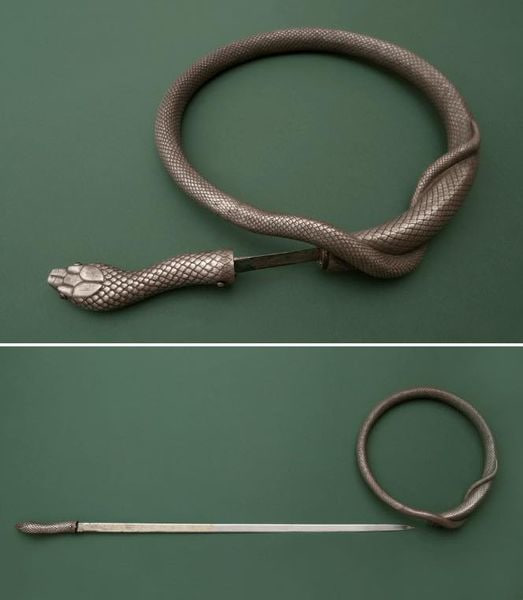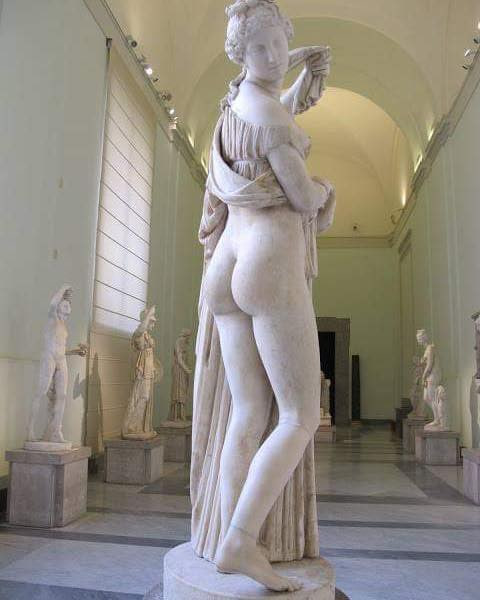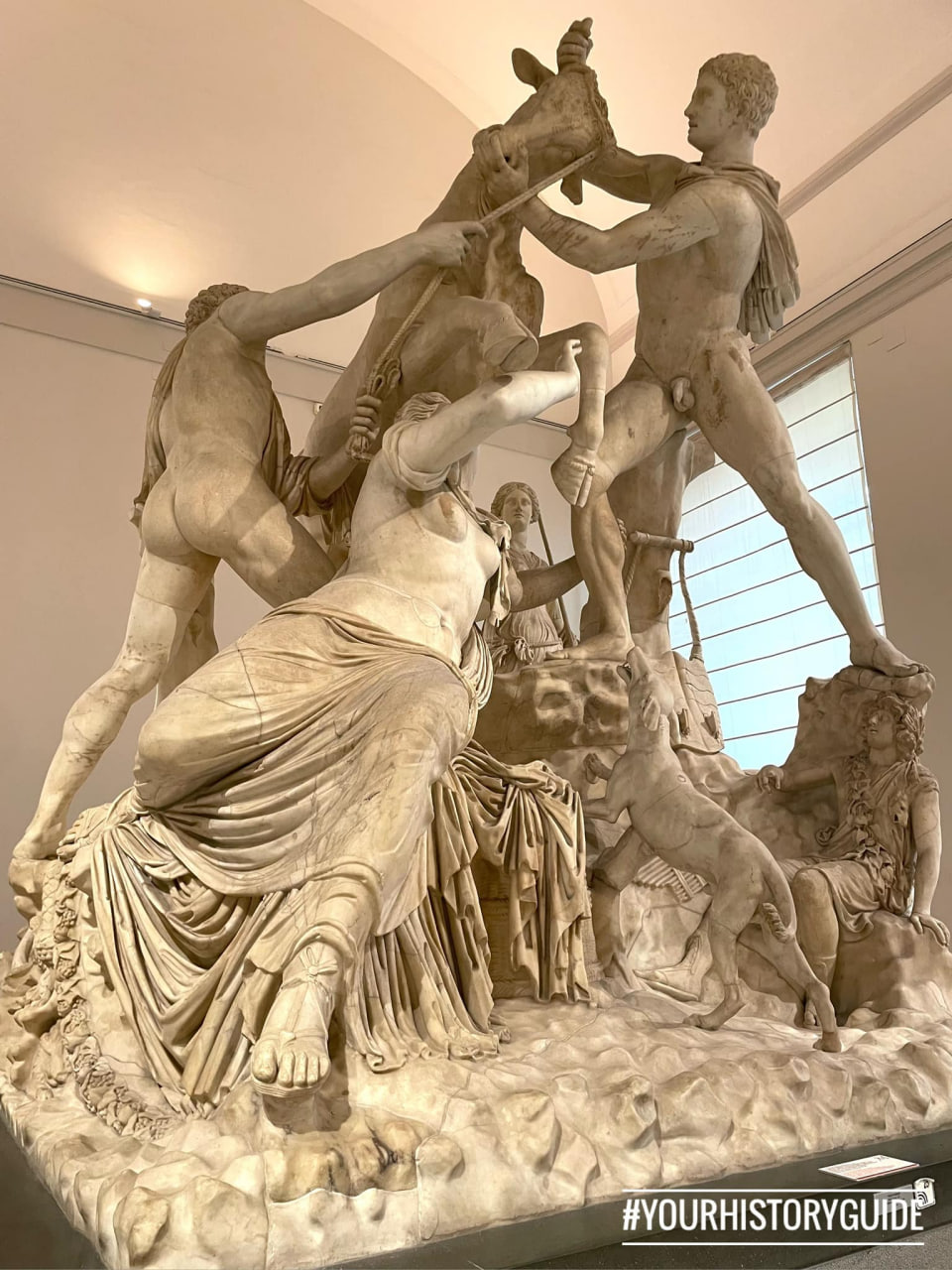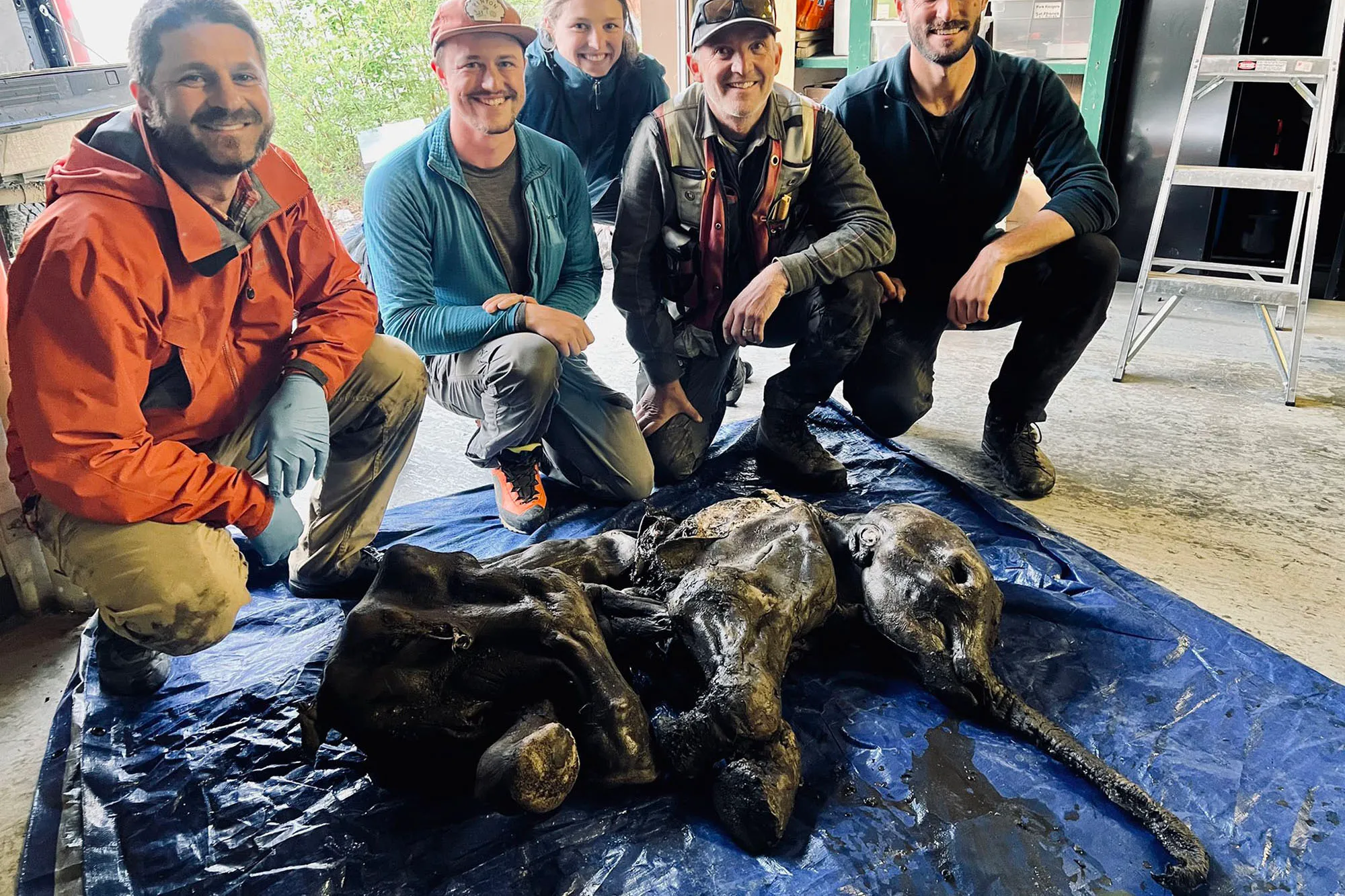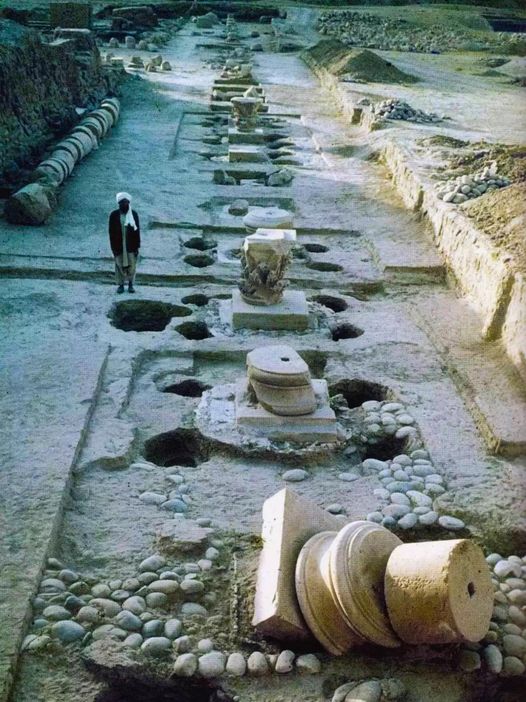In the vast steppes of Central Asia, a remarkable discovery sheds light on the ancient civilizations that once flourished in the region. The Golden Man of Issyk, unearthed in 1970 near Issyk, Kazakhstan, stands as a testament to the wealth, artistry, and cultural sophistication of the Scythian people. This unusually rich burial site, adorned with hundreds of golden decorations and artifacts, offers a tantalizing glimpse into the lives and customs of a bygone era.

A Glimpse into the Scythian World:
The Golden Man of Issyk represents a window into the world of the Scythians, a nomadic people who roamed the Eurasian steppes during antiquity. Believed to have inhabited the region from the 9th to the 1st century BCE, the Scythians were renowned for their equestrian prowess, military prowess, and rich cultural heritage. The discovery of the Golden Man, along with his elaborate burial treasures, provides invaluable insights into the social hierarchy, religious beliefs, and artistic achievements of this enigmatic civilization.

The Treasures of Issyk:
The burial site near Issyk yielded a treasure trove of artifacts, including a silver drinking bowl adorned with engraved "runic" writing, a sword, and hundreds of golden decorations meticulously sewn onto the garments of the deceased. Among the most striking finds was a towering conical headdress, reminiscent of ceremonial headgear worn by women in Asian cultures. This opulent array of objects suggests that the individual interred at Issyk held significant status and prestige within Scythian society, perhaps even royalty.

The Enigma of the Golden Man:
Despite the wealth of artifacts uncovered at the site, the identity and significance of the Golden Man of Issyk remain shrouded in mystery. While some speculate that the burial may have belonged to a princess due to the presence of sewing needles among her possessions, the exact sex and status of the individual remain uncertain. Nonetheless, the sheer opulence of the burial, coupled with the exquisite craftsmanship of the artifacts, attests to the importance of the deceased and the cultural sophistication of the Scythian civilization.
Exploring the Archaeological Legacy:
The discovery of the Golden Man of Issyk exemplifies the ongoing quest to unravel the mysteries of the past through archaeological inquiry. By piecing together fragments of material culture and historical evidence, archaeologists strive to reconstruct the narratives of ancient civilizations and shed light on their customs, beliefs, and achievements. The excavation of sites such as Issyk not only enriches our understanding of human history but also underscores the importance of preserving and interpreting our shared cultural heritage for future generations.
Conclusion:
As we marvel at the splendor of the Golden Man of Issyk and the treasures unearthed at his burial site, we are reminded of the enduring legacy of the Scythian people and their contributions to the rich tapestry of human civilization. Through the meticulous work of archaeologists and scholars, we continue to unlock the secrets of the past, uncovering stories of triumph, tragedy, and cultural exchange. As stewards of our archaeological heritage, it is incumbent upon us to preserve and protect these precious relics, ensuring that the Golden Man of Issyk and other treasures of antiquity continue to inspire and educate for generations to come.






